It might be difficult for many people to find the time and money to join a gym in today’s hectic environment. But maintaining your health and fitness is crucial to your general wellbeing. Fortunately, you can reach your fitness objectives without a gym membership. Exercise at home is a practical and efficient approach to maintain your fitness level without having to venture outside of your cozy house. This blog will discuss the advantages of working out from home, provide advice on how to design a successful program, and present examples of exercises you may perform in your house.
Benefits of Home Workouts
Convenience: Exercise at home gives you freedom with regard to timing and place. You can work out in the morning or late at night, depending on when it works best for your schedule.
Cost-effective: The cost of acquiring exercise equipment and maintaining a gym membership may soon mount up. You may save money on exercise at home by utilizing your own body weight or a minimum amount of equipment.
Privacy: Working out in privacy at home gives you the opportunity to work out without worrying about being evaluated or feeling self-conscious by others.
Variety: You may choose from a wide range of exercise programs, including yoga and high-intensity interval training (HIIT), thanks to the wealth of internet resources. This enables you to vary your training and maintain interest.
Family-friendly: With home exercises, you may include your family in your fitness regimen, either by working out together or by making it an enjoyable pastime for the kids.
Creating an Effective Home Workout Routine
Establish Specific Objectives: Decide if you want to increase our flexibility, gain muscle, or lose weight as a result of your activities. You can monitor your progress and maintain motivation by setting specific targets.
Select a Range of Exercises: Mix up your regimen by include strength training, cardio, and flexibility workouts. This guarantees a varied exercise and keeps things interesting.
Make a Schedule: To create a regimen, give your workouts a fixed time. The secret to getting results is consistency.
Employ Minimal Equipment: Although your body weight may provide excellent results, you might want to spend some money on a few essential pieces of equipment like yoga mats, resistance bands, and weights.
Maintain Hydration and Fuel Your Body: For the best possible performance and recuperation, proper diet and hydration are prerequisites. To support your fitness objectives, drink enough of water before to, during, and after your activities. You should also eat balanced meals.
Warm Up and Cool Down: Always start your workouts with a proper warm-up to prepare your body for exercise and end with a cool-down to help your body recover.
Examples of Home Workout Exercises
Cardio
Jumping Jacks: A classic cardio exercise that gets your heart rate up and warms up your body.
High Knees: While running, raise your knees as much as you can. This workout strengthens your core and enhances your coordination.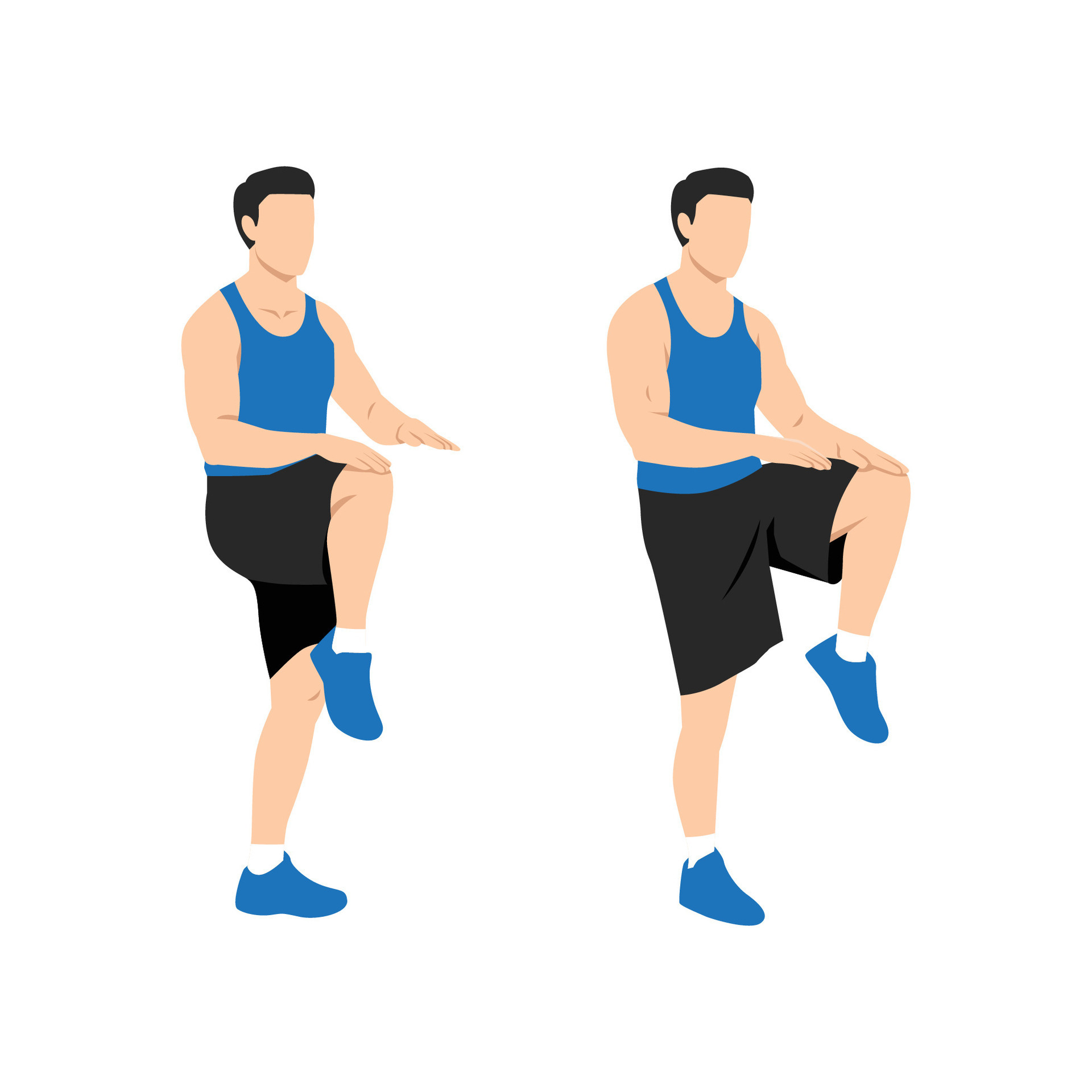
Burpees: A vigorous aerobic exercise that works the entire body by combining jumps, push-ups, and squats.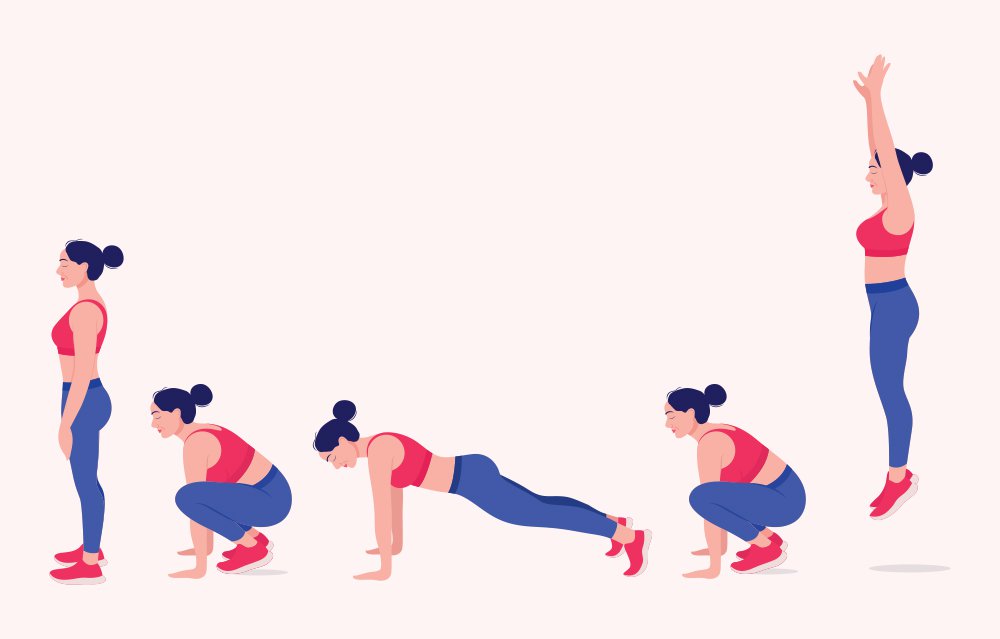
Mountain Climbers: Start in a plank position and alternate bringing your knees towards your chest. This exercise engages your core and increases your heart rate.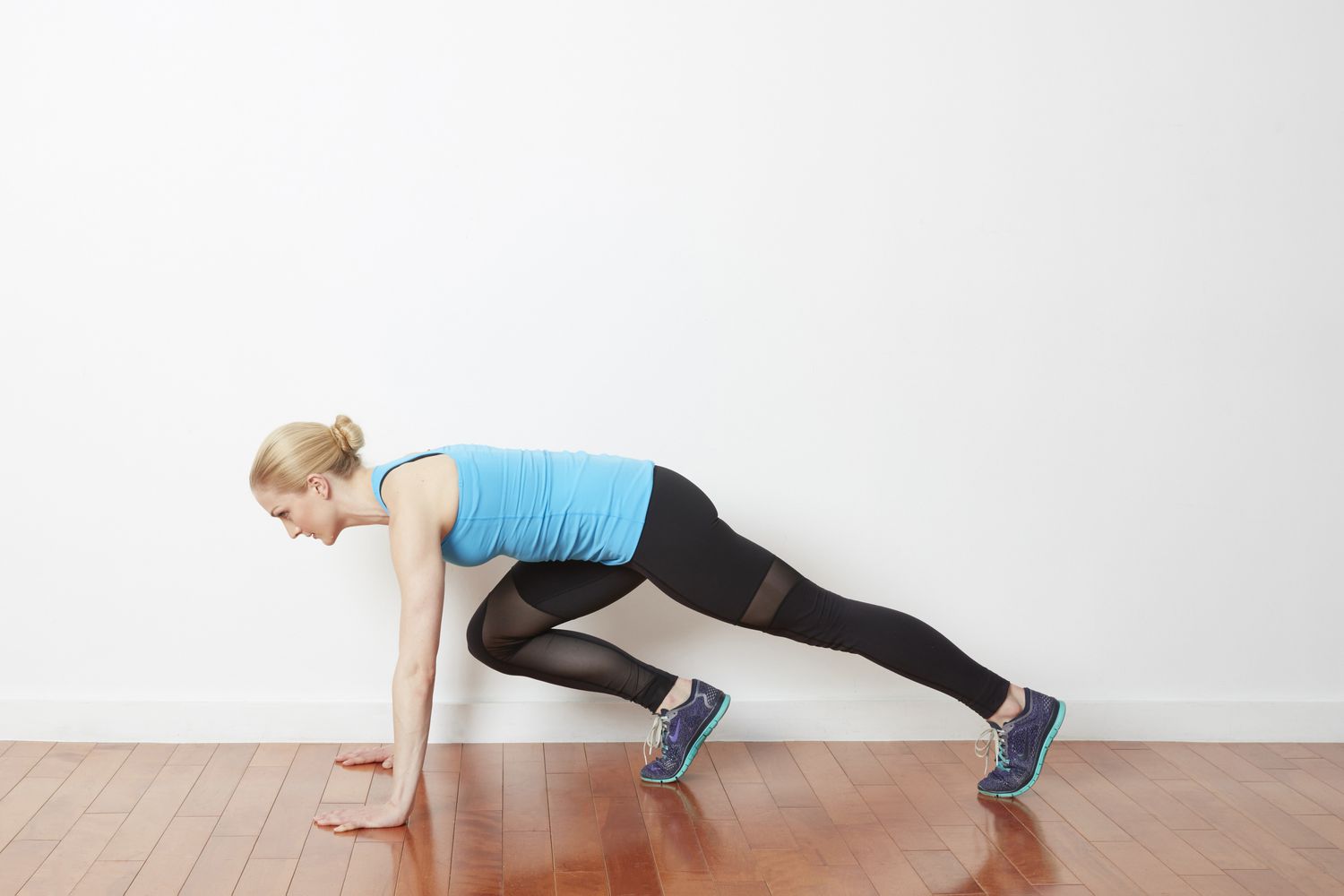
Strength Training
Push-ups: A multipurpose workout that works your triceps, shoulders, and chest. You may adjust the intensity by adjusting where you lay your hands or by doing push-ups on your knees.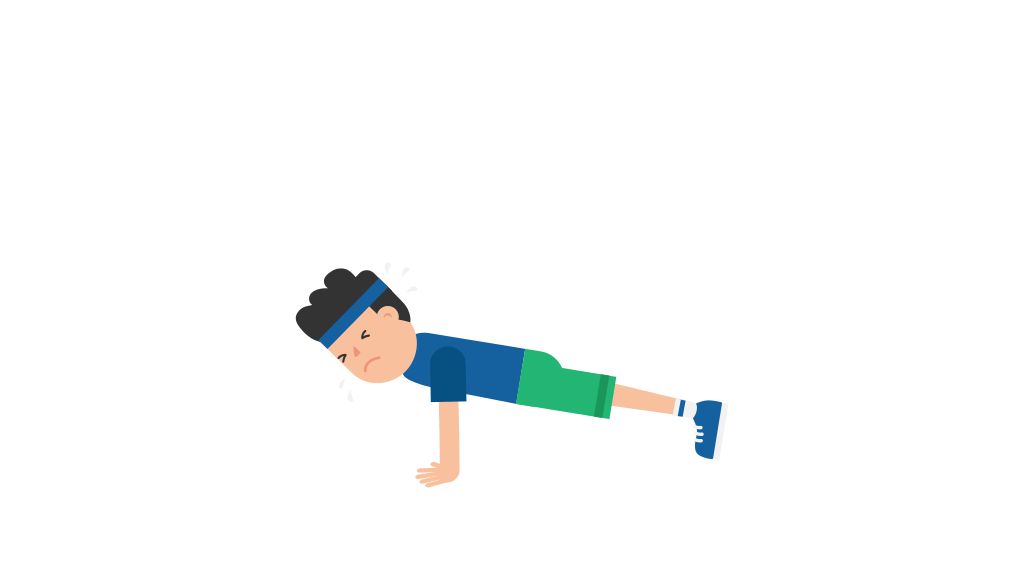
Squats: Assume a sitting position by lowering your body from a standing position with your feet shoulder-width apart. Squats strengthen your core, glutes, and legs.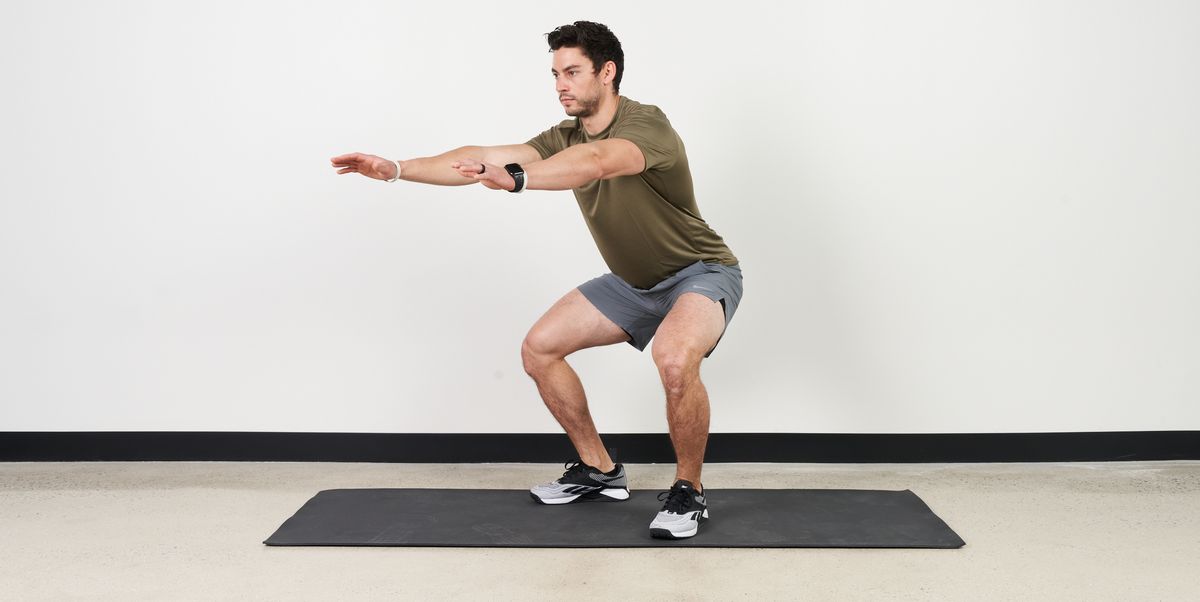
Lunges: Place one foot in front of you and bend forward until your front thigh is parallel to the floor. Lunges work your glutes and legs.
Dumbbell Rows: Lean forward on a firm surface while holding a dumbbell in one hand. Work the muscles in your back by pulling the weight towards your hips.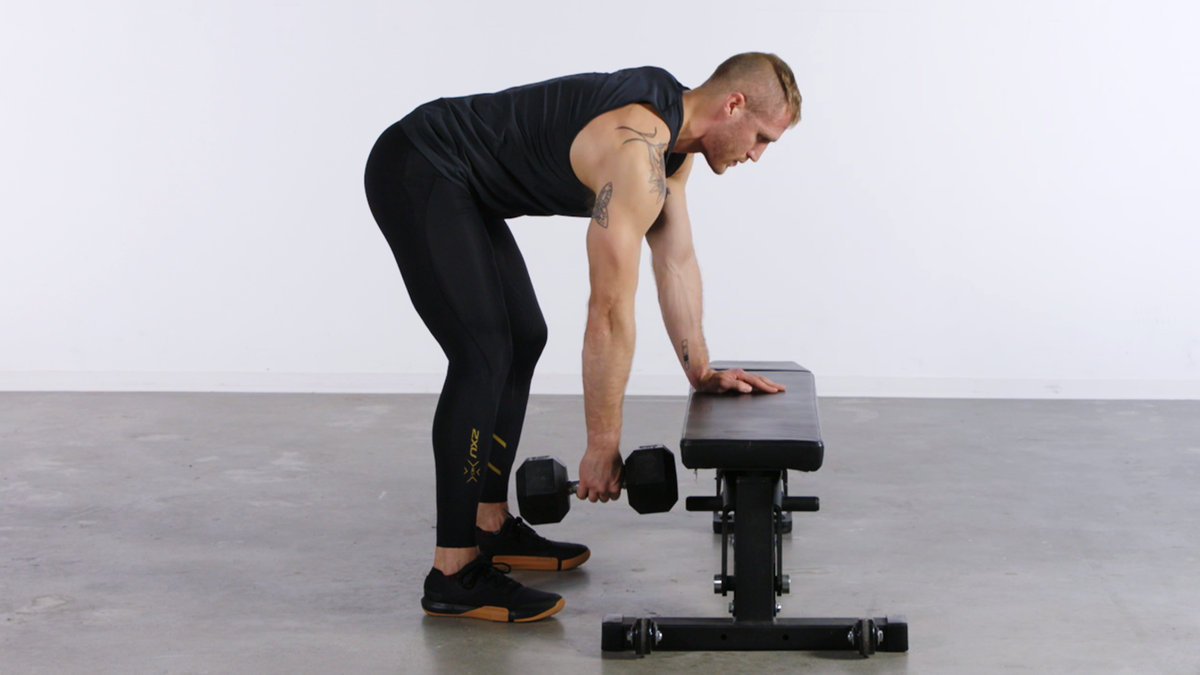
Flexibility and Mobility
Yoga: Yoga is a great way to increase balance, flexibility, and awareness. Include postures like child’s pose, warrior pose, and downward dog.
Dynamic stretching: To increase range of motion and mobility, imitate your training routines but move more slowly.
Static Stretching: To increase flexibility and speed up recovery, hold stretches for your main muscle groups for 15 to 30 seconds apiece after your workout.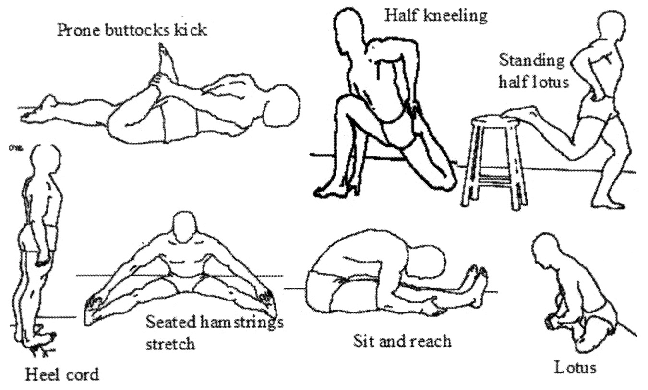
Conclusion: If you don’t have a gym membership, at-home workouts provide a flexible, affordable, and easy option to maintain your health and fitness. You may reach your fitness objectives from the comfort of your home by adopting a regular program, selecting a range of activities, and defining clear targets. To maximize your exercises and promote your general well-being, never forget to keep hydrated, nourish your body with a balanced diet, and give warm-up and cool-down sessions first priority. You may enjoy the advantages of a healthy lifestyle and turn your house into your own personal workout environment with commitment and consistency.


